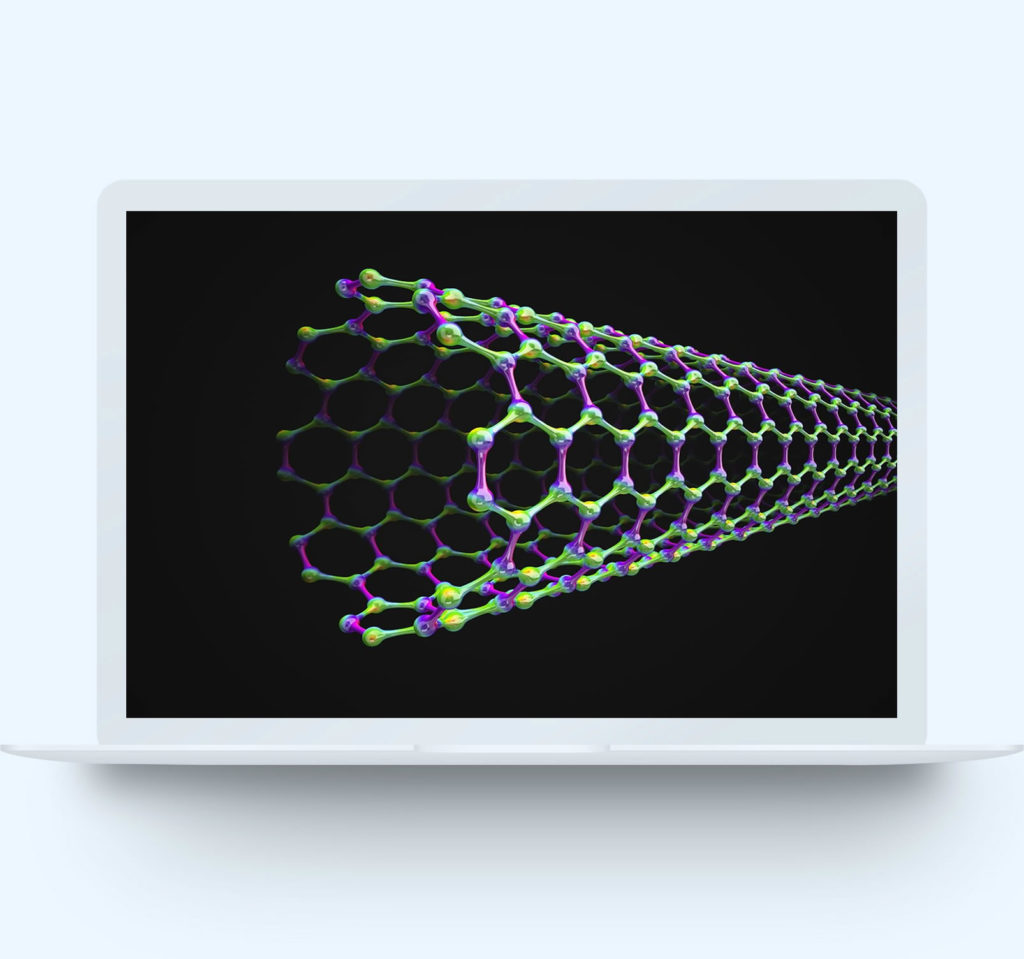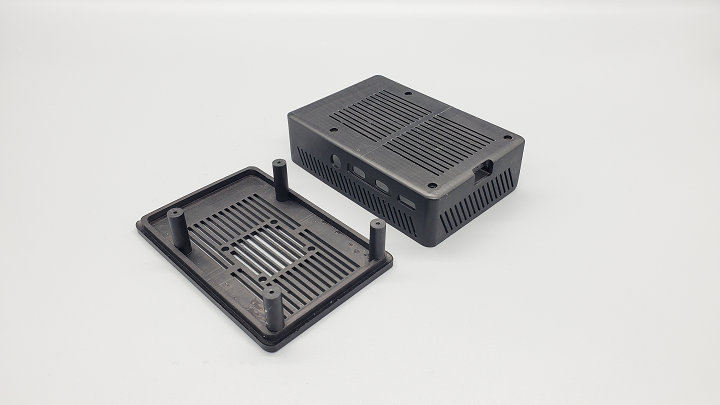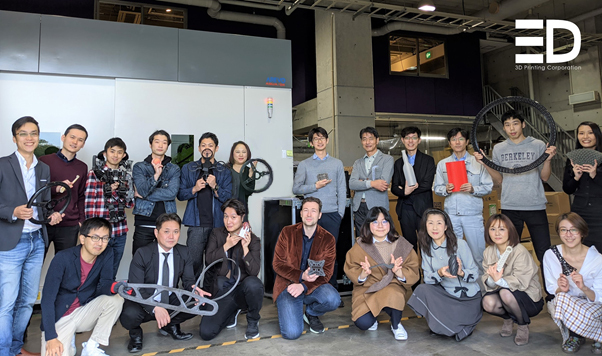Photocentric is the inventor of, and leader in, 3D printing based on LCD screen technology. Based in Cambridgeshire, UK and Arizona, US, the company has a patent in visible light curing technologies and launched the LC Opus, its fastest LCD system, just a few short months ago. Photocentric says that the rugged printer, sized for either the work bench or the desktop, offers a repeatable, accurate performance for parts used in multiple applications. The new LC Opus broke the company’s pre-order record in the UK, and is now hitting the market in the US.
The LC Opus is the company’s 9th 3D printer and replaces the previous LC Dental, with its patented Vat-Lift peel release technology for large surface area printing. The system features a custom monochrome screen, PWM fans for super quiet and efficient cooling, aluminum construction with solvent-resistant paint, and a generous 310 x 174 x 220 mm build volume.
“We wanted to build a reliable and versatile printer that was easy to use and delivered great performance. It provides customers with a speedy, simple and versatile solution that is equally at home in a dental laboratory or a workshop,” said Paul Anfinson, the CEO of Photocentric USA 3D Inc. “With its fast cure speed, low running costs and impressive build volume, LC Opus is an excellent all-rounder.”
The LC Opus comes pre-calibrated, so you should be able to use it right out of the box, and Trinamic motor drivers ensure quiet, smooth operation. Photocentric says that the LCD printer has even light distribution, so users can enjoy uniform curing, and it also features a long-life vat and tough annealed red plastic hood that’s resistant to any cracking from chemical exposure.
In addition to manufacturing LCD printers, Photocentric also develops specialist photopolymer resins, and recently partnered with Arizona-based Mechnano, which has patented a new way to use carbon nanotubes (CNTs) in additive manufacturing materials, to produce and launch a nanoengineered resin with electrostatic discharge (ESD) properties.
“We’re delighted to partner with Mechnano to deliver what we believe will be a terrific innovation for the electronics manufacturing industry when paired with our proficiency in resin development. Damage caused by ESD is a huge issue in this sector, and this solves a previous challenge when it came to additive manufacturing, with our nanoengineered resin not only strengthening the product but also imbuing the material with the necessary ESD properties,” explained Anfinson. “The strength of materials can be hindered or compromised by other ESD additives but not with Mechnano’s technology, so we have something truly unique here. The addition of carbon nanotubes (CNTs) opens up many more exciting applications for our additive manufacturing solutions.”
This new material could be very helpful in electronics manufacturing, and when combined with Photocentric’s LCD 3D printers, can be used to fabricate parts like grippers, ESD hand tools, IC trays, part retrievers, and more.

Mechnano’s MechT technology unleashes CNT potential in AM materials to achieve extraordinary performance. Image courtesy of Mechnano.
Using Mechnano’s proprietary MechT technology, it’s possible to use CNTs, which are harder than diamonds, in AM materials. 100 times stronger than steel but 10,000 times smaller than a human hair, CNTs have 1,000 times more conductivity than copper, but often would get all tangled up in knots. But Mechnano put a lot of time, effort, and money into researching and developing its technology, and has managed to get past this clumping issue, allowing CNTs to bring more strength and other helpful properties to 3D printing resins.
“We’re very excited to be working with Photocentric to share the exceptional material advancements that our innovation can bring to additive manufacturing,” stated Mechnano President Bryce Keeler. “Having a robust printer that delivers a strong price-value proposition is ideal for entry into electronics manufacturing market, and that is why they are a perfect partner for this product. Thanks to Photocentric, these ESD parts now can be printed in just a few hours instead of taking weeks or months to machine parts or molds from aluminium, titanium, or composites. We’ve developed a great working relationship with Photocentric and look forward to continuing this as we seek exciting opportunities.”
Photocentric has been busy lately, bringing the LC Opus to market in the US and working on the ESD resin with Mechnano. But the company also found time to set up a distribution partnership with 3D Printing Corporation, which will now offer its solutions in Japan.
“We are excited to bring Photocentric’s business grade 3D printing solutions to the Japanese market,” said Alexander S.J. DeVore, CEO of 3D Printing Corporation. “Besides their best-in-class size, the wide variety and openness of materials will support our clients in their advanced 3D printing applications.”
Headquartered in Yokohama, with facilities in Osaka and Yamanashi as well, 3D Printing Corporation is a well-known name in the Japanese market. The company will now distribute Photocentric’s 3D printer line, as well as its range of high-performance resins.
“We are delighted to be working with Alexander and the rest of the team at 3D Printing Corporation. Their vast experience and knowledge of 3D printing made them the obvious choice as we look to build our presence in Japan,” said Photocentric’s Sales Manager Paul Haselgrove. “We are very excited to have the opportunity to help them with their ambition to establish alternative supply chains for Japanese manufacturers.”
At this week’s TCT Japan show at Tokyo Big Sight, Photocentric will be supporting 3D Printing Corporation at Booth 36-21; one of its LC Magna systems will be on display there.
Subscribe to Our Email Newsletter
Stay up-to-date on all the latest news from the 3D printing industry and receive information and offers from third party vendors.
You May Also Like
3D Printing Unpeeled: New Arkema Material for HP, Saddle and Macro MEMS
A new Arkema material for MJF is said to reduce costs per part by up to 25% and have an 85% reusability ratio. HP 3D HR PA 12 S has been...
3D Printing News Briefs, January 20, 2024: FDM, LPBF, Underwater 3D Printer, Racing, & More
We’re starting off with a process certification in today’s 3D Printing News Briefs, and then moving on to research about solute trapping, laser powder bed fusion, and then moving on...
3D Printing Webinar and Event Roundup: December 3, 2023
We’ve got plenty of events and webinars coming up for you this week! Quickparts is having a Manufacturing Roadshow, America Makes is holding a Member Town Hall, Stratafest makes two...
Formnext 2023 Day Three: Slam Dunk
I’m high—high on trade show. I’ve met numerous new faces and reconnected with old friends, creating an absolutely wonderful atmosphere. The excitement is palpable over several emerging developments. The high...


































